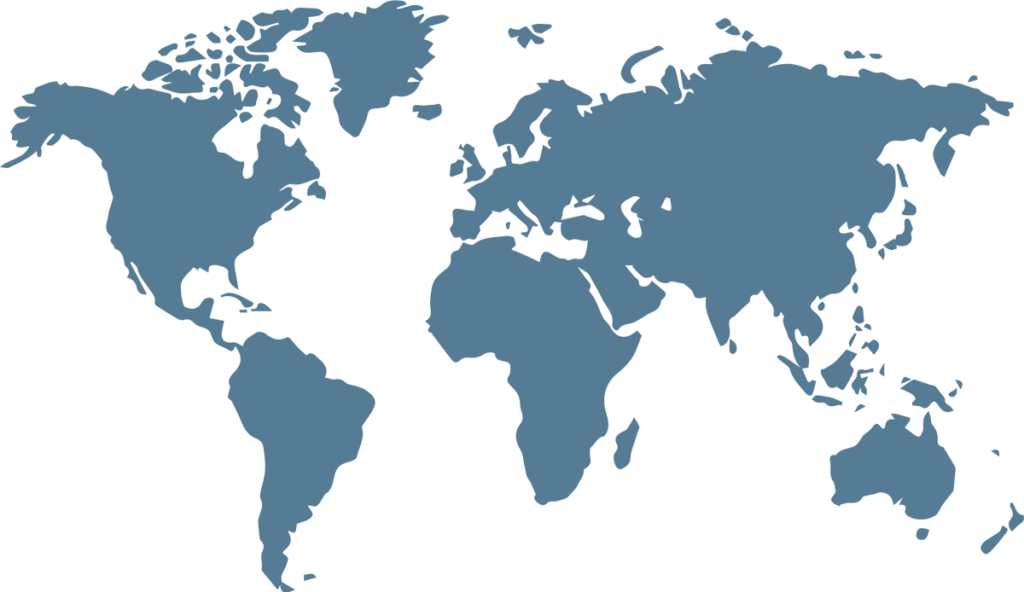Rich in oil, gas and a wealth of renewable energy resources, Algeria offers substantial investment opportunities for power players from across the domestic and global market.
Despite the country’s reliance on hydrocarbon resources for power generation, Algeria aims to reach a renewable energy capacity of 15,000 MW and produce 27% of its electricity from renewable resources by 2035.
Under efforts to advance a transition towards a sustainable energy future, various projects are underway that will enable the country to meet dual goals of emissions reduction and power generation expansion.
Currently, the North African country generates approximately 686 MW – 3% of its energy mix – from renewable sources, which are primarily derived from solar (448 MW), hydro (228 MW), and wind (10 MW). Boasting some of the world’s highest irradiance levels – with the capacity to generate up to 2,100 kWh per year – and a 1,300km Mediterranean coastline with wind speeds of over eight meters per second, the Government of Algeria has implemented an ambitious plan to increase infrastructural and financial investment to successfully shift to renewable energy sources.
In July 2023, Algeria’s state-owned power utility Sonelgaz revealed a list of bidders for a 2 GW solar tender launched in February. The selected bidders are poised to develop solar projects in 11 locations throughout the North African country with capacities ranging from between 80 MW and 220 MW. In an effort to promote local content development, the selected developers must source at least 35% of the construction components in Algeria.
This comes after Algeria’s Ministry of Environment and Renewable Energies and its National Oil Company (NOC) Sonatrach’s December 2021 tender for the deployment of 1 GW of solar photovoltaic power. Selected developers for the initiative will be awarded a 25-year power purchase agreement for lots ranging from between 50 MW and 300 MW.
As part of this tender, renewable energy company Shaems will oversee the development of a 30 MW solar park that will be constructed in the town of Beni Ounif, Bechar Province. The project is expected to come online at the end of 2023 or beginning of 2024.
Meanwhile, in 2021, the Government formed strategic partnerships with China, Germany, and the U.S. in the field of renewable energy. The partnerships seek to develop trading relationships with foreign engineering services, storage systems, solar-tracking technologies, universal certification solutions, and off-grid solar projects. A partnership agreement in December 2022 saw U.S. manufacturing company CTC Global and Algerian electrification solutions company Enicab sign a deal for the joint development of energy-efficient powerline conductors to support decarbonization of the country’s power grid.
Furthering the country’s scheme to promote local content development, the Government of Algeria has revised a number of regulations to encourage Algerian-produced solar panel components and assembly structures. As such, engineering company Milltech Engineering and renewable energy company Zergoun Green Energy led the development of solar panel production factories in the Industrial Zone of Boukherana, Ouargla Province in 2022 to supply 260 MWp of solar panels per year.
In addition to solar power, Algeria is home to 13 hydropower plants, which are primarily situated in the northern regions of the country. The largest hydropower project in the country is the 100 MW Mansouria hydropower project, which is operated by Sonelgaz and was commissioned in 1963. Meanwhile, the country’s sole wind farm is the 10 MW Adrar wind farm, situated in the Adrar Province of southern Algeria, which was developed by French electrical engineering company Cegelec and is operated by Sonelgaz.
Despite Algeria’s ambitious renewable energy targets, the country’s energy mix remains predominantly fossil fuel-based and is placed among Africa’s leading emitters of CO2. As such, the country’s sustainable energy initiatives will be crucial to reducing the region’s carbon footprint and is poised to increase Algeria’s energy exports to regional markets.
Source : EnergyCapital&Power


